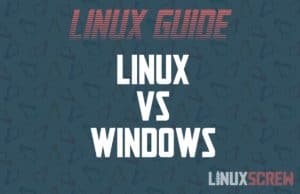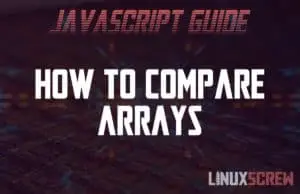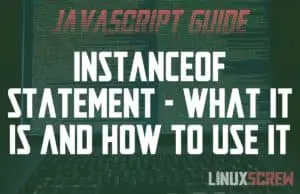Home »
How to Use the watch Command in Linux, With Examples
The watch command in Linux does one thing – repeats a command and outputs the result repeatedly, letting you watch for changes. Here’s how to use it. watch Command Syntax The syntax for the watch command is as follows: watch OPTIONS COMMAND Note that: OPTIONS should be a list of options from the below table, which will alter the default behavior of the watch command COMMAND is the command that watch should repeatedly execute, which you will monitor the output of watch will run until interrupted (So press CTRL+C to exit … Read more

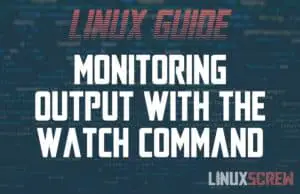
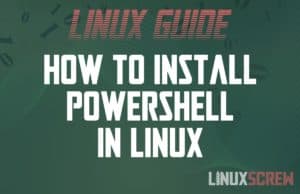
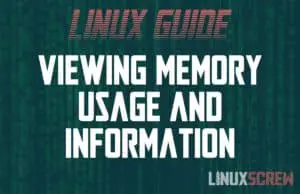
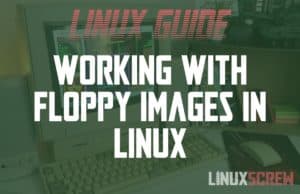
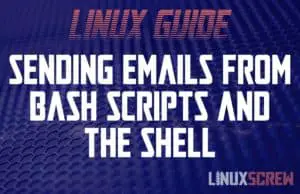
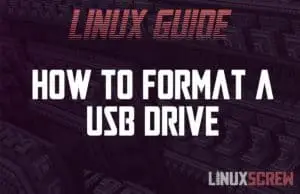
![Mount a USB Stick/Drive in Linux [HowTo, Tutorial] 16 Mount a USB Drive in Linux](https://cd.linuxscrew.com/wp-content/uploads/2021/06/mount-usb-drive-feature-300x194.jpg)
